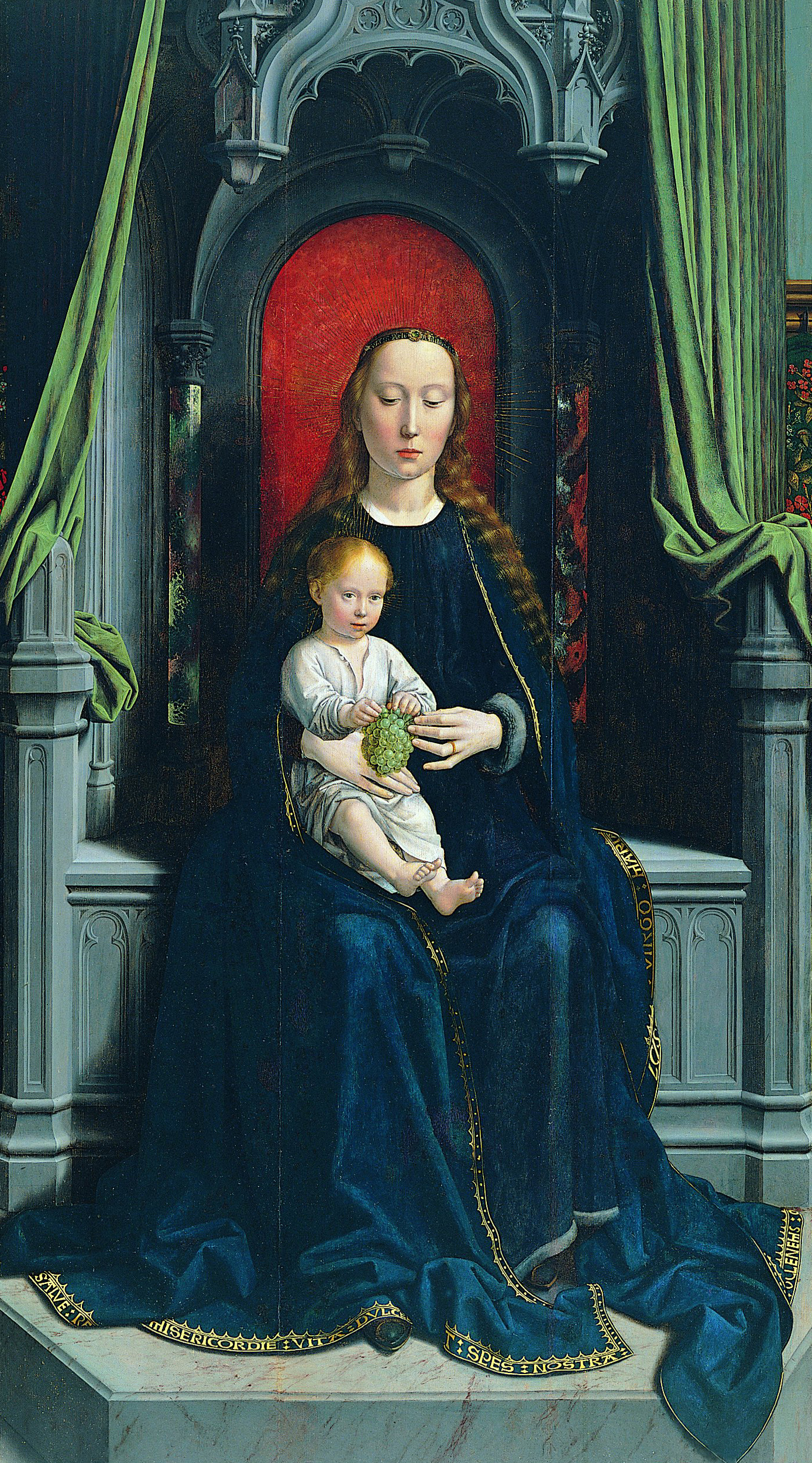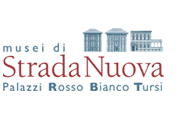
Click here to view image
Cervara Polyptych - The Madonna and Child with Saints Jerome and Benedict
ambito fiammingo
David, Gerard
polyptych
1506 - 1510 - XVI
PB 176
Unità di misura: cm; Altezza: 152,5; Larghezza: 64; Varie: Tavola con San Benedetto; Unità di misura: cm; Altezza: 152,5; Larghezza: 64; Varie: Tavola con San Gerolamo; Unità di misura: cm; Altezza: 153; Larghezza: 89; Varie: Tavola della Madonna col Bambino
olio su tavola di rovere
Mostra della pittura antica in Liguria - Genova - 1946<br>Il Polittico della Cervara di Gerard David - Genova - 2006
The polyptych comes from the Benedictine abbey of San Gerolamo della Cervara (Santa Margherita Ligure- GE) and was commissioned to Gerard David by Vincenzo Sauli to be placed at the entrance to the choir of the monastic church. Of the seven panels that made up the polyptych at Palazzo Bianco, the three main compartments depicting the Madonna and Child, known as the “Madonna of the Grapes,” St. Jerome and St. Benedict, as well as the upper crowning of the central panel, depicting the Crucifixion, are on display. The missing parts are now in the Metropolitan Museum (Announcing Angel and Announcing Madonna) and the Louvre (lunette with the Blessing Father). An inscription, known from a 1790 account, ran under the base of the Virgin's throne and read, “Hoc opus fecit fieri D.nus Vincentius Saulus MCCCCCVI die VII septembris” [cf. G. Spinola, Memorie storiche del Monistero..., 18th century, c. 596]. The three compartments compose a unified space, made continuous by the foreshortening of the floor, the architectural structure of the throne, and the “millefiori” tapestry that serves as a background for the Virgin and the figures of the two saints. This type of tapestry was believed to be a metaphor for Paradise, populated by the different categories of the elect - roses allude to the martyrs, violets to the confessors, lilies to the virgins - and helps to connote as heavenly the space that welcomes the holy figures. In the center, seated on a throne, Mary holds Jesus and helps him pluck a grape from a bunch of grapes, alluding to the sacrifice of the cross and the Eucharistic wine salvation. The gemstone shining in the Virgin's forehead, attached to a strip of precious fabric on which the incipit of the Ave Maria is embroidered, alludes to the words of the Psalmist: “royal Virgin, adorned with the gems of many virtues, radiant with the splendor of spirit and body,” while Mary's royalty, which comes to her from belonging to the bloodline of David and from being the mother and bride of the King of Heaven, is reaffirmed by the verses of the Salve Regina, embroidered in gold letters along the hem of the mantle. The triptych depicts the Madonna and Child, known as the ‘Madonna of the Grapes’, St. Jerome and St. Benedict, as well as the upper crown of the central panel, depicting the Crucifixion.




